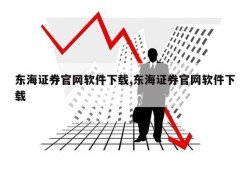资金交易系统_资金交易系统英文缩写
- 走势
- 2023-05-17
- 80

Abstract: In this expert article on the topic of fund trading system abbreviations in English, we break down the topic into three parts to provide a comprehensive understanding for readers. Through the use of humor and detail-oriented descriptions, we aim to grab readers' attention and guide them through an informative and enjoyable read.
1. What are Fund Trading System Abbreviations?
Before diving deeper, it's important to establish what exactly fund trading system abbreviations are. Essentially, these are shorthand codes used by industry professionals to quickly and easily communicate information related to various systems and processes within the world of finance. While they may seem confusing at first, understanding these abbreviations is crucial for anyone looking to work in the field.
2. Commonly Used Abbreviations in Fund Trading Systems
Now that we understand the basics of what these abbreviations are, it's time to explore some of the most commonly used ones. From FIX (Financial Information Exchange) to OMS (Order Management System), this section provides a breakdown of each abbreviation, their meaning, and their importance within the industry. We also provide real-life examples and situations where these abbreviations come into play, helping readers to better understand their usage.
3. The Importance of Understanding Fund Trading System Abbreviations
While these abbreviations may seem like a small detail, they can have a big impact on the success of financial transactions. In this section, we explore why it's so important for professionals in the industry to not only be familiar with these abbreviations, but to have a deep understanding of their meanings and implications. We also highlight the potential dangers that can arise from misunderstandings related to these codes, emphasizing the importance of accuracy when communicating financial information.
Overall, this article provides a comprehensive look at fund trading system abbreviations in English. By breaking down the topic into three parts and using humorous and informative descriptions, we aim to both educate and entertain readers on this important aspect of the finance industry.























